lens
Chronicling Tibet's Modern History
Four volumes exploring more than 40 years
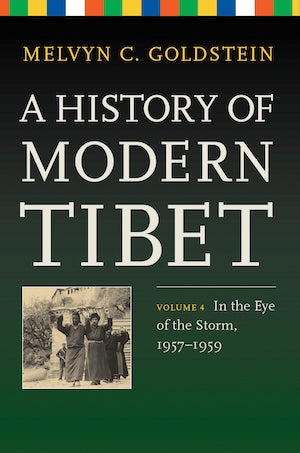
Melvyn Goldstein, PhD, set out in the mid-1980s to write one book about Tibet history from 1913 to 1959.
But 900 pages in, he brought that volume to a close only having reached 1951, when communist China incorporated Tibet.
Now Goldstein, the John Reynolds Harkness Professor of Anthropology at Case Western Reserve and co-director of the university's Center for Research on Tibet, has published the final book in the series, A History of Modern Tibet, Volume 4; In the Eye of the Storm: 1957-59 (University of California Press).
Goldstein became interested in Tibet in 1960 when he arrived at the University of Washington to study the Mongolian language. The university was launching a Tibetan studies program to preserve knowledge of Tibet, and Goldstein joined it. "There were no language textbooks, so we learned Tibetan mostly by studying one-on-one with Tibetan refugees brought to Seattle by the program," said Goldstein, a member of the National Academy of Sciences and a recipient of a 2016 CWRU Faculty Distinguished Research Award.
But Goldstein did not receive Chinese permission to visit Tibet until 1985 when, he said, under a joint U.S.-China exchange program, he became the first Western scholar permitted to conduct extended anthropological fieldwork in the countryside.
His new book includes the 14th Dalai Lama's escape into exile and the replacement of traditional institutions with a socialist system.
He's now working on a book based on interviews he's conducted with elderly monks about their lives in the old society in Drepung Monastery, which, in 1959, was home to 10,000 full-time celibate monks.
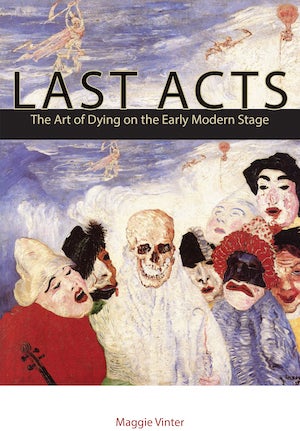
Last Acts: The Art of Dying on the Early Modern Stage (Fordham University Press) by Maggie Vinter, PhD, associate professor of English. Vinter analyzes representations of dying in plays by Christopher Marlowe, William Shakespeare and Ben Jonson. Renaissance theater offered playwrights and audiences the chance to practice “arts of dying,” which Vinter explains in the context of contemporary religious texts that understood death less as a time for suffering and grieving than as an action to be performed. Vinter details examples of characters performing their deaths to gain spiritual, political or economic advantage. For instance, Cleopatra’s death is an act of defiance against the Roman state.
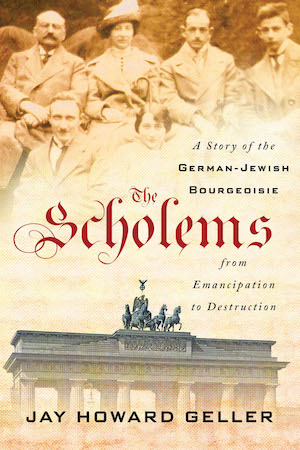
The Scholems: A Story of the German-Jewish Bourgeoisie from Emancipation to Destruction (Cornell University Press) by Jay Geller, PhD, the Samuel Rosenthal Professor of Judaic Studies and a professor of history. The book is a biography of the renowned German-born philosopher and scholar Gershom Scholem and his family. Geller illuminates the transformation of bourgeois life in Jewish Berlin as its members struggled to integrate into German society. By weaving together the stories of brothers Gershom, a Zionist; Werner, a communist; Reinhold, a German nationalist; and Erich, a liberal, Geller provides a social history of German Jewry in the four decades before World War II.
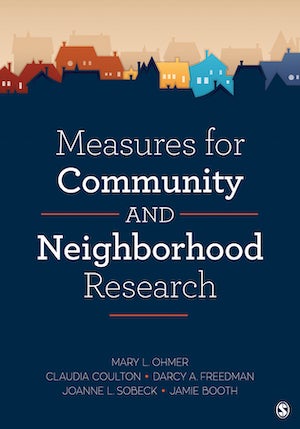
Measures for Community and Neighborhood Research (SAGE Publications) by Claudia Coulton, PhD (GRS ’78, social welfare), the Lillian F. Harris Professor; Darcy A. Freedman, PhD, Mary Ann Swetland Professor in Environmental Health Sciences; Wayne State University’s Joanne L. Sobeck, PhD, associate dean for research; and University of Pittsburgh’s associate professor Mary L. Ohmer, PhD, and assistant professor Jaime Booth, PhD. The authors discuss the data points that may be most important to measure when examining how changes in local communities influence the health and well-being of residents.
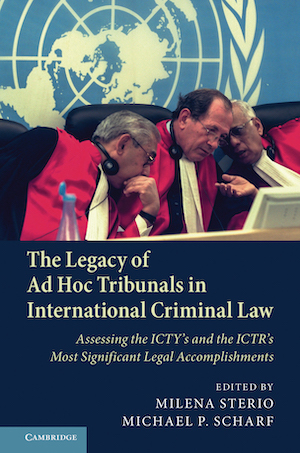
The Legacy of Ad Hoc Tribunals in International Criminal Law: Assessing the ICTY's and the ICTR's Most Significant Legal Accomplishments (Cambridge University Press) co-edited by Michael Scharf, JD, co-dean of the School of Law, and Milena Sterio, JD, associate dean of Cleveland State University’s Cleveland-Marshall College of Law. The book examines the origins, achievements and lasting impact of two international institutions created 25 years ago by the United Nations: The International Criminal Tribunal for the Former Yugoslavia and the International Criminal Tribunal for Rwanda.





